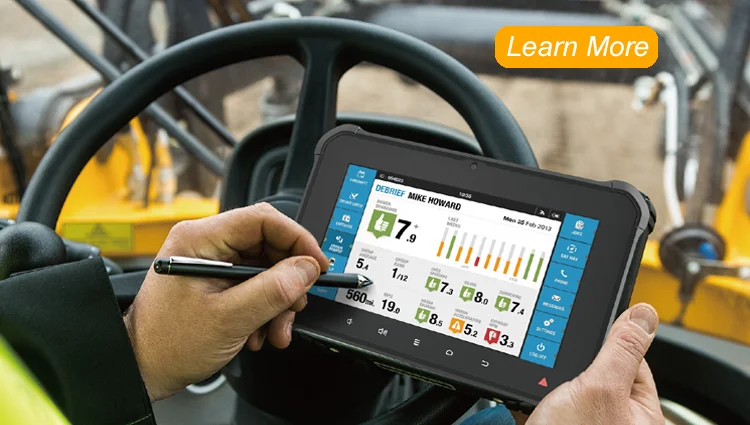The GPS integration on In-Vehicle Tablets is generally quite accurate, with some key points to consider:
- GPS tracking devices typically offer accuracy within 2.5 meters (6 feet) when they have a direct line of sight to the sky. This level of precision is sufficient for most personal and business applications, including vehicle tracking and navigation.
- According to GPS.gov, civilian GPS receivers are designed to provide location data with an accuracy of 5 meters or less, 95% of the time. This indicates high reliability for most applications, including fleet tracking and personal GPS tracking.
- The GPS on In-Vehicle Tablets is often more accurate than a vehicle’s speedometer, especially in older vehicles. This is because GPS is not affected by factors like tire size and wear that can impact speedometer readings.
- In-Vehicle Tablets with GPS integration offer real-time mapping capabilities, ensuring optimal route planning and guidance. This suggests that the GPS functionality is designed to be highly accurate and reliable for navigation purposes.
- Factors that can affect GPS accuracy include urban environments with tall buildings (urban canyons), mountains, and poor device placement. However, these issues are not specific to In-Vehicle Tablets and affect GPS technology in general.
- To improve GPS accuracy, users can ensure the device has an unobstructed view of the sky and keep the software updated.
Overall, the GPS integration in In-Vehicle Tablets is designed to be highly accurate and reliable, providing precise location data and navigation capabilities for most automotive applications.


